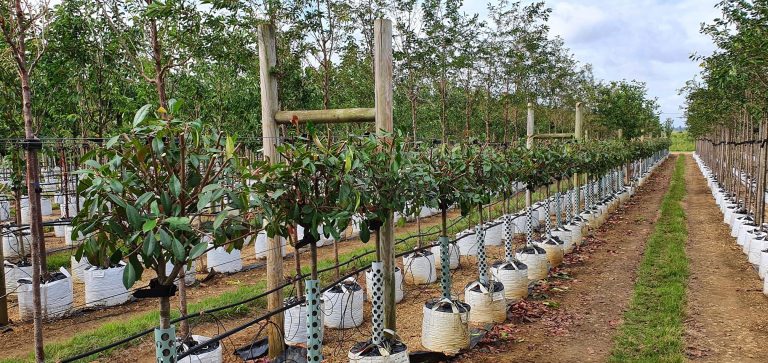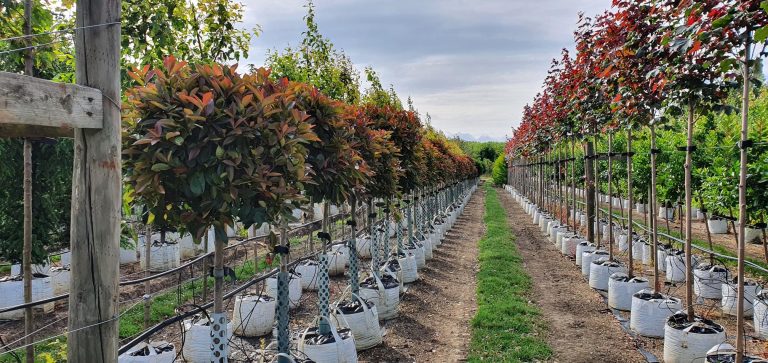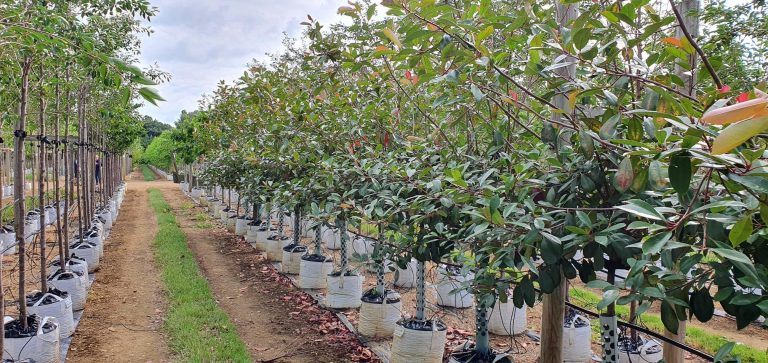How to prune screening trees
One of the most common reasons people need to plant trees in their gardens is screening.
This can be screening from neighbours, or screening from a nearby eyesore or generally just because people fancy bringing a little privacy into their garden world.
There are many ways to achieve this screening, with some people opting for a mix of complementary trees and others going for more strategic evergreen or semi evergreen plantings.
One of the most popular options is Privet, either the green Ligustrum japonicum, or the variegated Ligustrum lucidum Excelsum Superbum. Privet is a tough plant, which will tolerate a range of conditions and locations, making it versatile and desirable for the screening job. It can be grown as a single specimen with a rounded canopy or pruned into a “hedge on stilts”. Both forms offer excellent screening.
However, Privet is technically semi-evergreen, so it may lose some leaves over winter and look a little sparse or woody — as can many evergreens.
Other popular trees for this type of planting are Photinia Red Robin, Portuguese Laurel and Cherry Laurel, all of which will look a little depleted coming out of the winter time.
To keep screening trees looking lush and full, it’s important to prune them once a year. Pruning removes tired, woody growth and encourages a strong flush of fresh foliage. While it may seem counterintuitive to cut back a tree that’s meant to screen, it actually helps maintain the tree’s shape and effectiveness over time.
So how and when is it best to do this?
The best time to prune Privet, Photinia, Laurel, and Portuguese Laurel is in spring, after the last frost — usually from May onwards, and ideally by the end of July. Pruning too early can lead to new growth being damaged by late frosts, so it’s best to wait until the weather has settled.
You can use secateurs, shears, or a hedge trimmer. Trimmers work best on small-leaved plants. On larger-leaved trees, they can leave some leaves cut halfway, so manual pruning may give a neater finish.
Don’t be afraid to cut back confidently — these trees are resilient and respond well to pruning, often bouncing back looking better than ever.
To support new growth, consider applying a liquid feed a few weeks after pruning to help the foliage grow back thicker and healthier.
-
Avoid pruning in the first summer after planting. Let the tree establish its roots during its first growing season.
-
After that, an annual prune will help maintain shape, fullness, and screening performance.
If you have any questions or queries on this, please do not hesitate in contacting our team who can offer you more specific advice where required.



